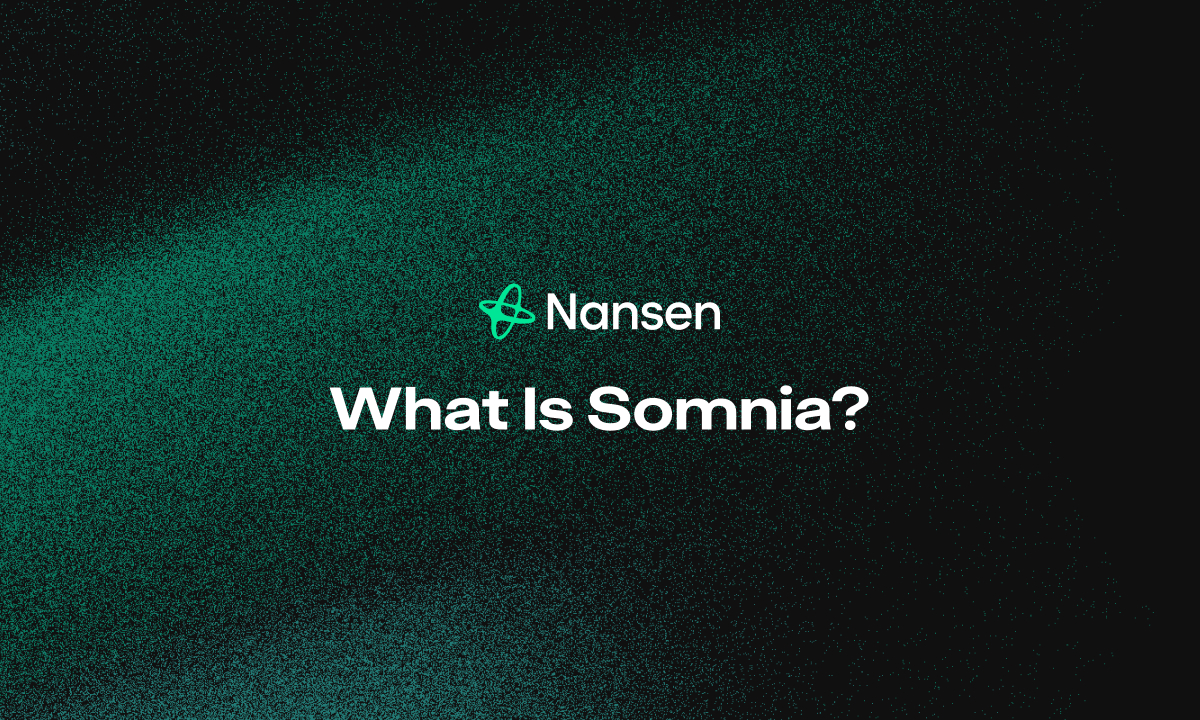Ever wondered what it would take to run actual video games or social networks completely on a blockchain? Traditional networks like Ethereum and Bitcoin struggle with this, but newcomers like Somnia are changing the game entirely. Let's unpack what makes this blockchain unique and why it matters for your investment strategy.
Understanding Somnia: Beyond Basic Blockchain
Somnia is an EVM-compatible Layer 1 blockchain designed specifically to handle applications that demand massive throughput and near-instant finality. Unlike older blockchains that process dozens or hundreds of transactions per second, Somnia claims capacity for over 1 million TPS—putting it in a completely different performance category.
Key features that set Somnia apart:
- Built as a true Layer 1 solution (not a sidechain or rollup)
- Achieves sub-second finality (transactions confirm almost immediately)
- Maintains full Ethereum Virtual Machine compatibility
- Uses a novel MultiStream consensus protocol
- Optimized for data-intensive applications like gaming and social platforms
For crypto investors in their 20s and 30s, understanding platforms like Somnia matters because they represent the infrastructure that could finally bring blockchain into mainstream use cases.
The Technical Innovation Behind Somnia
Somnia's architecture takes a fundamentally different approach to blockchain scalability. Rather than focusing on off-chain solutions or Layer 2 approaches, it reimagines the core blockchain design itself.
The foundation of Somnia's performance is its MultiStream consensus protocol — a variation of proof-of-stake that processes multiple transaction streams concurrently. This parallel processing approach is similar to how modern CPUs handle multiple instruction sets simultaneously.
The blockchain also employs a specialized data chain architecture that separates different types of operations. This separation allows the network to optimize each component individually:
- Transaction verification
- State transitions
- Data availability
- Smart contract execution
Another significant innovation is Somnia's approach to native EVM bytecode compilation. Rather than interpreting Ethereum's virtual machine instructions, Somnia compiles them directly to machine code, dramatically improving execution speed without breaking compatibility with existing Ethereum tools and applications.
Real-World Applications: Why Somnia Matters
The high-throughput capabilities of Somnia open up possibilities for applications that simply can't function properly on traditional blockchains:
Onchain Gaming
True blockchain games require more than just NFT ownership records—they need to process game state changes, player actions, and physics calculations directly on-chain. Somnia's performance makes this possible without compromising the gaming experience.
Decentralized Social Networks
Social platforms generate enormous amounts of data and interaction. With Somnia, likes, comments, content updates, and user interactions can happen on-chain without the painful delays associated with current blockchain social experiments.
Real-Time Applications
Applications that require instant feedback — like trading platforms, live collaboration tools, or streaming services — can now be built with true decentralization rather than relying on centralized components for speed.
Metaverse Interoperability
The high-performance characteristics and EVM compatibility make Somnia a potential hub for cross-metaverse interactions, allowing digital assets and identities to move seamlessly between virtual worlds.
How Somnia Achieves Its Performance Claims
You might be wondering how Somnia achieves these impressive performance metrics. The answer lies in several technological innovations:
- Parallel transaction processing — Multiple validator groups process different transaction streams simultaneously
- Optimized data structures — Specialized storage formats reduce computational overhead
- Advanced state management — Reducing the amount of state information that needs to be processed for each transaction
- Hardware acceleration — Leveraging specialized processing capabilities for cryptographic operations
- Efficient consensus — The MultiStream protocol reduces communication overhead between validators
What's particularly interesting about Somnia is that it maintains these performance characteristics while still providing the security guarantees expected from a Layer 1 blockchain.
Investment Considerations: Opportunity and Risk
For crypto investors looking at Somnia, there are several factors to consider:
Potential Upsides:
- If successful, Somnia could become the infrastructure for a new generation of blockchain applications
- First-mover advantage in truly high-performance, EVM-compatible blockchains
- Growing demand for platforms that can support data-intensive applications
Risk Factors:
- Still a relatively new project competing in a crowded Layer 1 space
- Technical claims require thorough validation in real-world conditions
- Network effects favor established blockchains like Ethereum despite performance limitations
Important note: This article is for informational purposes only and shouldn't be considered investment advice. Always conduct your own research before investing in any cryptocurrency project.
Common Questions About Somnia Blockchain
What makes Somnia different from other Layer 1 blockchains?
Its primary differentiator is the combination of extremely high throughput (1M+ TPS) with sub-second finality while maintaining EVM compatibility. Most other chains sacrifice at least one of these characteristics.
How does Somnia achieve over 1 million transactions per second?
Through its MultiStream consensus protocol that processes multiple transaction streams in parallel, combined with optimized data structures and efficient state management techniques.
Is Somnia blockchain suitable for gaming and social platforms?
Yes, this is actually one of its primary design goals. The high throughput and near-instant finality make it particularly well-suited for applications requiring real-time interaction and high transaction volumes.
What consensus mechanism does Somnia use?
Somnia uses a proof-of-stake variant called MultiStream that allows for parallel processing of transactions while maintaining security guarantees.
The Bottom Line
Somnia represents an interesting evolution in blockchain technology — one that specifically targets the performance limitations that have prevented blockchain from supporting mainstream, data-intensive applications.
For investors in the 24-35 age bracket who understand both crypto and next-generation digital experiences, Somnia offers exposure to infrastructure that could potentially power the applications you'll actually want to use daily, not just hold as investments.
As with any blockchain project, success will ultimately depend on developer adoption, security track record, and the ability to deliver on technical promises at scale. But the approach Somnia is taking addresses real limitations in current blockchain technology, making it worth keeping on your radar.




